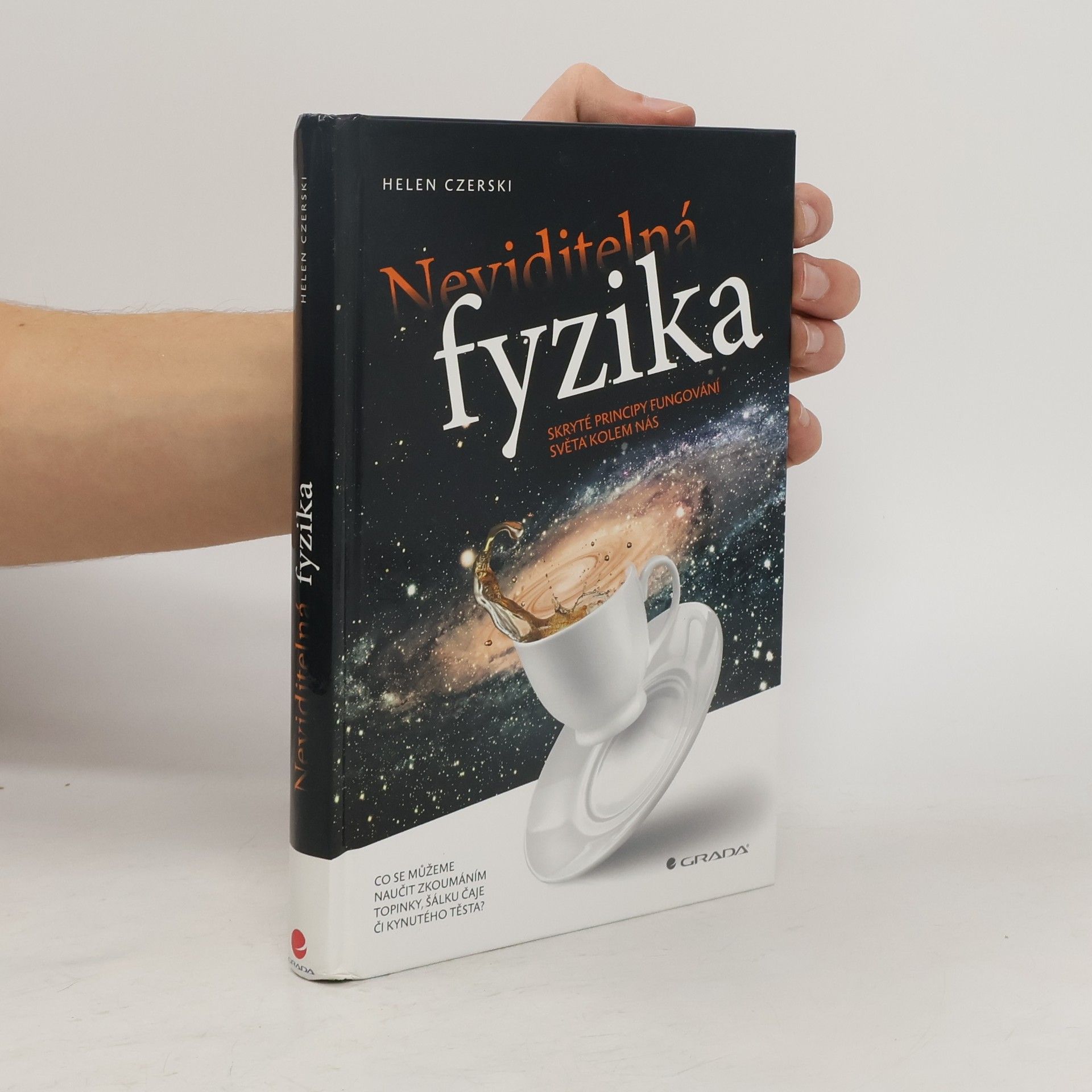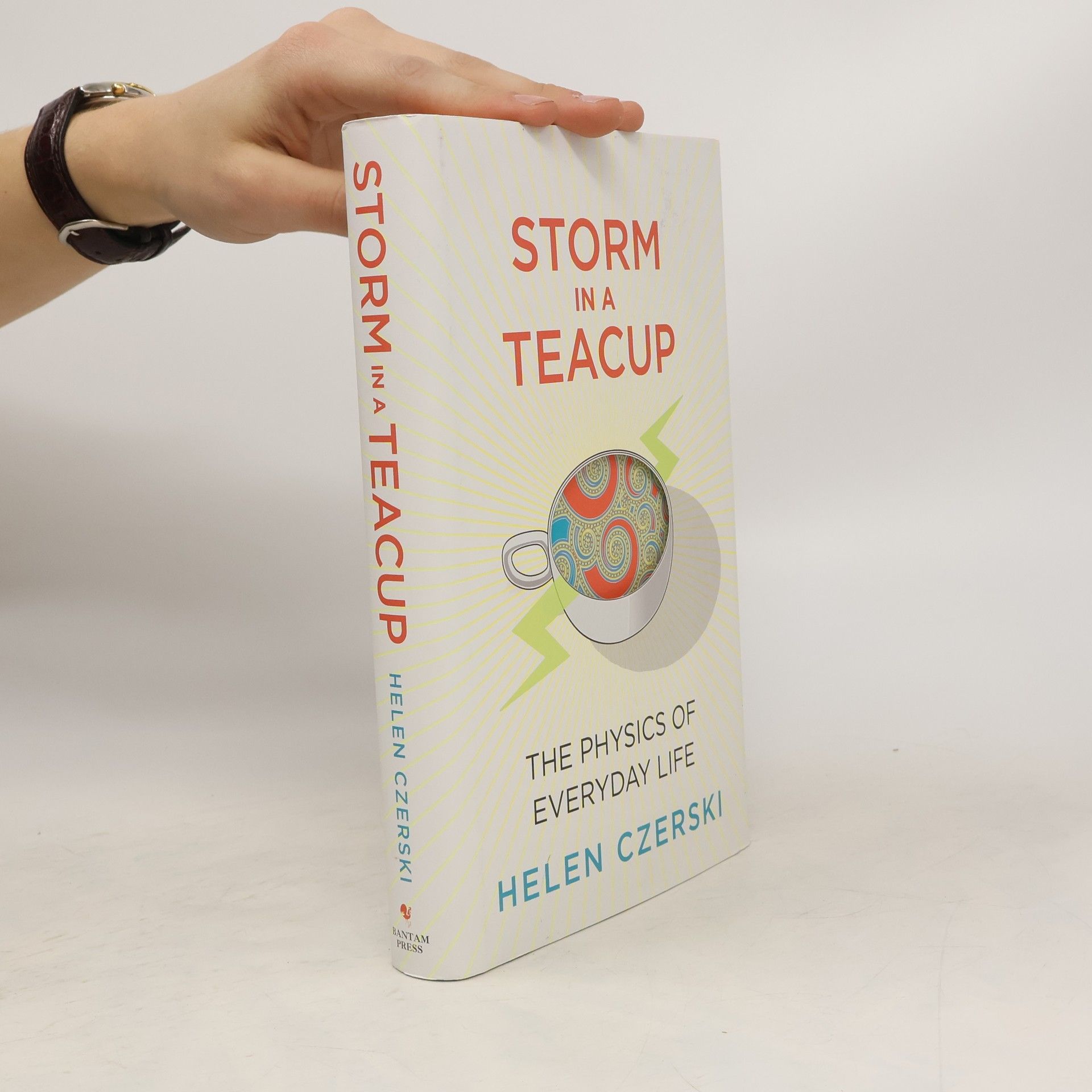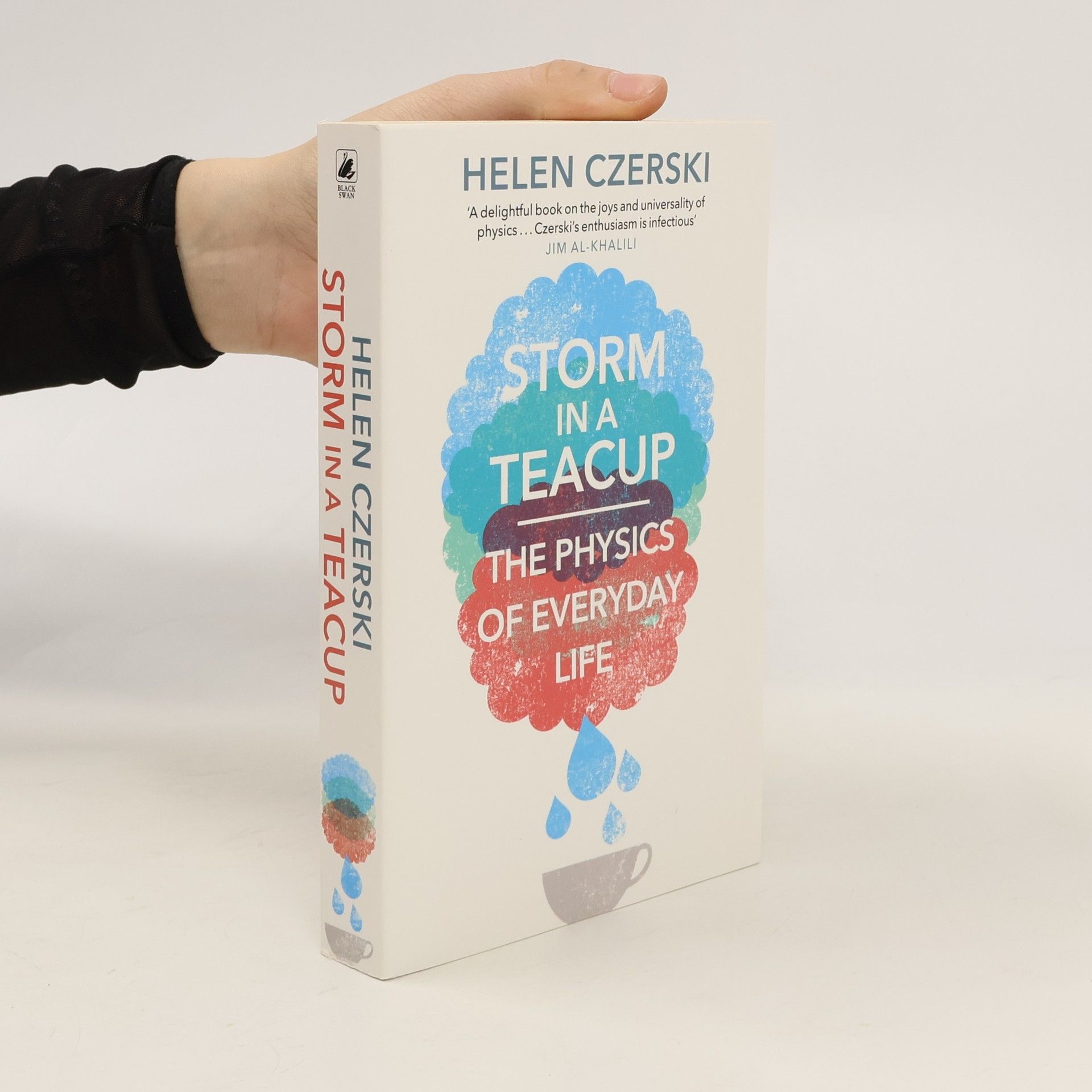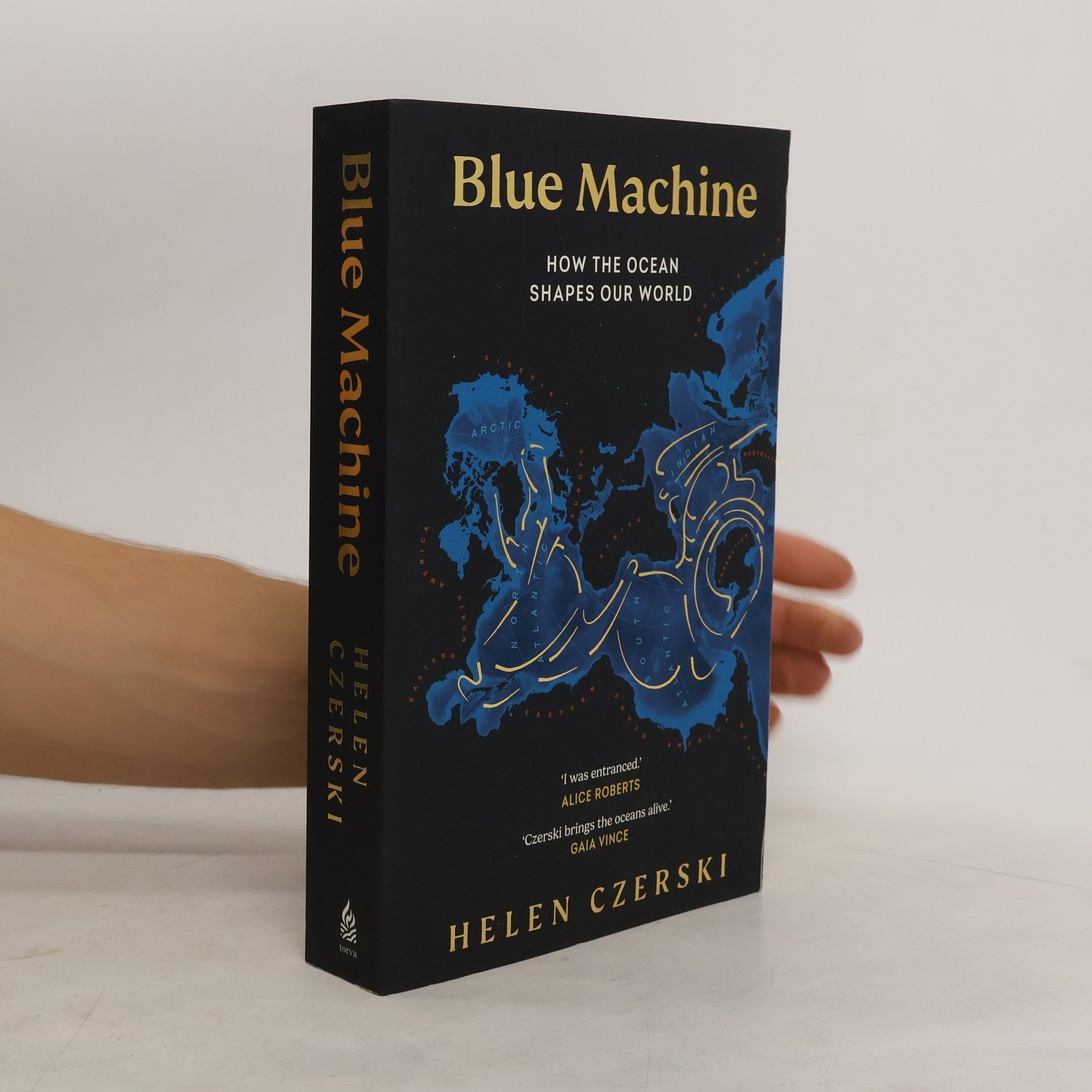"Earth is home to a huge story that is rarely told - that of our ocean. Not the fish or the dolphins, but the massive ocean engine itself: what it does, why it works, and the many ways it has influenced animals, weather and human history & culture. This is the spectacular story of Earth's dynamic ocean"--Publisher's description.
Helen Czerski Libri
Helen Czerski è una fisica e comunicatrice scientifica, nota per la sua capacità di illuminare i principi scientifici alla base dei fenomeni quotidignani. Attraverso le sue coinvolgenti presentazioni e i suoi scritti, demistifica argomenti complessi, rendendoli accessibili e affascinanti per un vasto pubblico. Il suo lavoro favorisce un maggiore apprezzamento per la scienza che plasma il nostro mondo, stimolando la curiosità e la comprensione. Colma costantemente il divario tra l'indagine scientifica e il coinvolgimento del pubblico.






In a beautifully poetic narrative, the author weaves together physics, biology, history, and science to explore the ocean as a single, powerful engine fueled by sunlight. This book reveals the often-overlooked story of the ocean, focusing not just on its inhabitants, but on the intricate system that drives our planet's climate, weather, and human history. The author dives deep into the ocean's complexities, highlighting its messengers, passengers, and voyagers, from ancient Polynesian navigators to the long-lived Greenland shark. Through compelling stories, the text illuminates the vast currents, invisible barriers, and underwater waterfalls that shape this interlinked ecosystem. It offers a timely and elegant perspective on our relationship with the ocean, emphasizing the importance of understanding this defining feature of Earth for our future. Drawing on years of marine science experience, the author captures the ocean's magnitude and subtlety, revealing how profoundly we are influenced by this great engine. This work not only recalibrates our view of the ocean but also underscores our role as citizens of an ocean planet, making it essential reading for anyone interested in the natural world.
Storm in a teacup : the physics of everyday life
- 400pagine
- 14 ore di lettura
A physicist explains daily phenomena from the mundane to the magisterial. Take a look up at the stars on a clear night and you get a sense that the universe is vast and untouchable, full of mysteries beyond comprehension. But did you know that the key to unveiling the secrets of the cosmos is as close as the nearest toaster? In Storm in a Teacup, Helen Czerski provides the tools to alter the way we see everything around us by linking ordinary objects and occurrences, like popcorn popping, coffee stains, and fridge magnets, to big ideas like climate change, the energy crisis, or innovative medical testing. She guides us through the principles of gases, gravity, size and time. She provides answers to vexing questions: How does water travel from the roots of a redwood tree to its crown? How do ducks keep their feet warm when walking on ice? Why does milk, when added to tea, look like billowing storm clouds? In an engaging voice at once warm and witty, Czerski shares her stunning breadth of knowledge to lift the veil of familiarity from the ordinary. You may never look at your toaster the same way.
Just as Freakonomics brought economics to life, so Storm in a Teacup brings physics into our daily lives and makes it fascinating. What is it that helps both scorpions and cyclists to survive? What do raw eggs and gyroscopes have in common? And why does it matter? In an age of string theory, fluid dynamics and biophysics, it can seem as if the science of our world is only for specialists and academics. Not so, insists Helen Czerski - and in this sparkling new book she explores the patterns and connections that illustrate the grandest theories in the smallest everyday objects and experiences. Linking what makes popcorn pop to Antarctic winds, coffee stains to blood tests or ketchup bottles to aliens in space, every thread you pull in the fabric of everyday life shows you something new about the intricate patterns of our world. Read Storm in a Teacup and you will see and understand the world as you never did before.
Neviditelná fyzika. Skryté principy fungování světa kolem nás
- 288pagine
- 11 ore di lettura
Vysloví-li někdo slovo „fyzika“, co vás napadne jako první? Einstein a jeho teorie relativity, tajemné částice z urychlovače, černé díry ve vesmíru, nebo trochu otravné příklady s nakloněnou rovinou ze školních lavic? Britská vědkyně Helen Czerski to vidí trochu jinak: fyzika je úplně všude kolem nás, v každé maličkosti a kdekoliv, kam se podíváme. Stačí jen vědět, kam se dívat – a svět už nikdy nebude takový, jako dřív. Co se odehrává při kynutí těsta? Jak funguje sloní chobot? Proč může být problém si zacvičit na palubě lodi? Co všechno dokážou bubliny? Jaké fyzikální procesy nám umožní vytřít podlahu? Proč je fascinující fyzika kečupu v lahvi? Co má společného šálek čaje a Hooverova přehrada? Které fyzikální principy nám odhalí topinka? Jak využili fyziku polárníci z lodi Fram? Dají se ze středověkého obléhacího stroje metat holínky? Autorka popisuje zdánlivě prosté, ale vlastně složité jevy jednoduše a s velkou dávkou tradičního britského humoru a nadhledu, což činí četbu této knihy skutečným zážitkem. Dveře do světa fyziky jsou nyní doširoka otevřené pro každého! „Každá kapitola začne nějakou drobností z každodenního života, něčím, co jsme viděli už mnohokrát, ale možná jsme o tom nikdy nepřemýšleli. Pak ale uvidíme, jak se pomocí stejného principu dají vysvětlit některé z nejdůležitějších vědeckých objevů a technologií naší doby.“